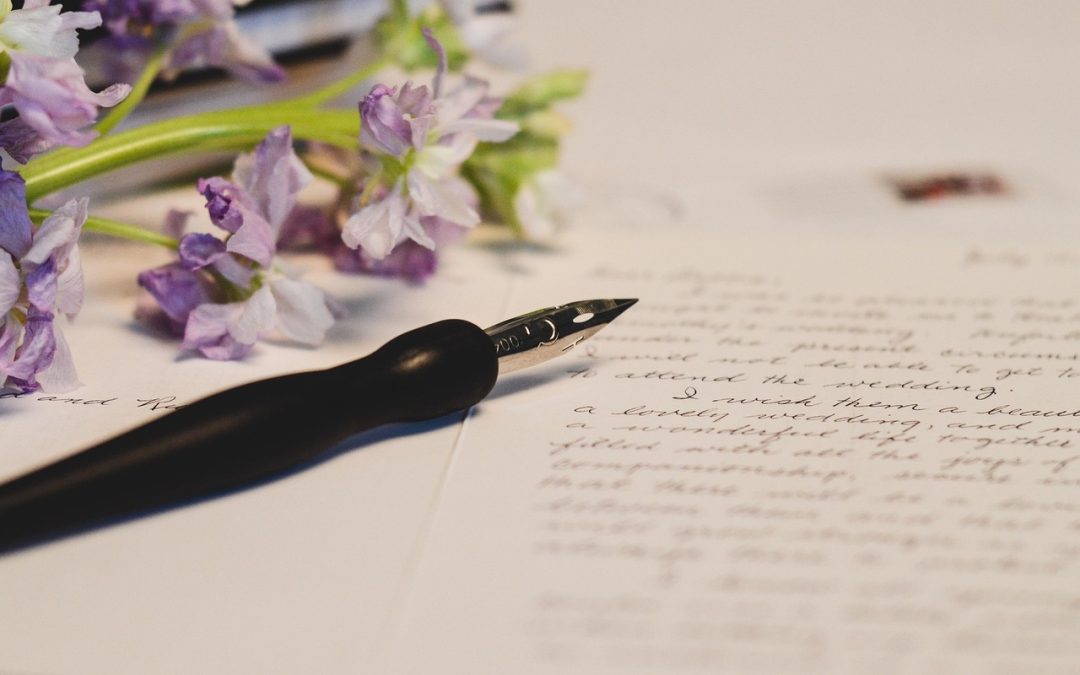As writers, we’re often encouraged to think big – to craft sweeping narratives, complex characters, and epic story arcs. But what if I told you that sometimes, the most powerful stories are the ones that fit on a single page? Microfiction, also known as flash fiction or short-short stories, is an art form that’s both challenging and liberating. In this post, we’ll explore the ins and outs of writing microfiction, from the benefits to the best practices.
Why Write Microfiction?
Microfiction might seem like a novelty, but it’s a genre that offers a unique set of benefits for writers. For one, it’s an excellent way to hone your writing skills – when you have only a few hundred words to play with, every sentence counts. Microfiction also allows you to experiment with different styles, genres, and voices, all within a compact, manageable framework. And let’s not forget the thrill of crafting a complete narrative in a fraction of the time it takes to write a novel!
But perhaps the greatest advantage of microfiction is its accessibility. With the rise of online literary journals and social media, it’s never been easier to share your work with a wider audience. Whether you’re a seasoned author or just starting out, microfiction offers a chance to connect with readers and build your platform.
Crafting Compelling Microfiction
So, how do you write a story that’s both brief and impactful? Here are some tips to get you started:
- Focus on a single moment or image: Microfiction often relies on a powerful central idea or image. Identify the heart of your story and build from there.
- Use concise language: Cut unnecessary words and phrases, and opt for active voice over passive. Every word counts in microfiction!
- Play with tone and atmosphere: With limited space, you can’t afford to waste words on lengthy descriptions. Instead, use suggestive language to create a mood or atmosphere.
- Leave room for interpretation: Microfiction often benefits from ambiguity or subtlety. Leave some questions unanswered, and let the reader fill in the gaps.
- Edit ruthlessly: With such a small word count, every error or inconsistency stands out. Make sure to edit your work carefully before submitting or sharing.
When it comes to formatting your microfiction, consider using a clean, readable font (like Arial or Helvetica) in a standard size (12-point or 14-point). You might also experiment with different layouts or designs to enhance the visual impact of your story.
Tools and Resources for Microfiction Writers
As with any writing project, having the right tools and resources can make all the difference. Here are a few favorites to get you started:
For formatting and design, I recommend using Canva or Vellum – both offer a range of templates and customization options to help your microfiction stand out. If you’re looking to bind your work into a chapbook or zine, consider investing in a good quality paper (like 80gsm or 100gsm) and a binding method that suits your style (such as saddle-stitching or Coptic binding).
For inspiration and community, check out online literary journals like Flash Fiction Online or 101 Words, which specialize in microfiction. You can also join writing groups or online forums dedicated to the genre – these are great places to connect with fellow writers, share your work, and get feedback.
“The goal of a writer is to keep the reader reading. And the way to do that is to make the reader care about what happens next.” – Neil Gaiman
As you embark on your microfiction journey, remember that the key to success lies in crafting a narrative that resonates with readers. By focusing on concise language, powerful imagery, and careful editing, you can create microfiction that packs a punch – and leaves readers eager for more.
If you’re looking to take your writing to the next level, be sure to check out our post on Writing a Bestseller: Top Tips from Industry Pros. And if you’re interested in self-publishing your microfiction, don’t miss our guide to Self-Publishing Success: Top 5 Mistakes to Avoid.
Finally, if you’re feeling crafty, why not try your hand at DIY bookbinding? Our post on DIY Bookbinding Techniques to Try Now offers a range of tutorials and tips to get you started.
Happy writing – and happy reading!

